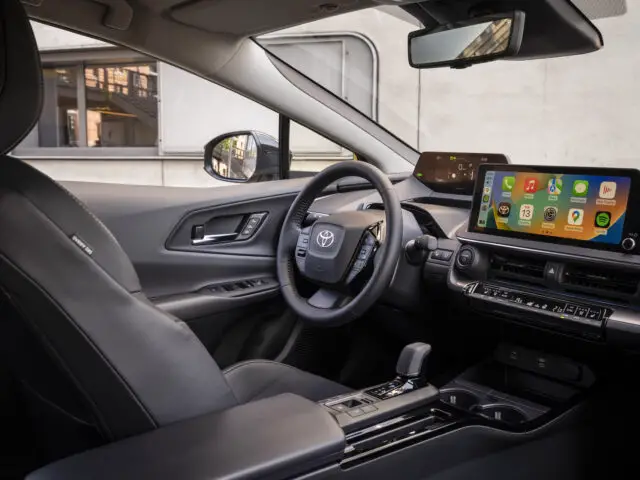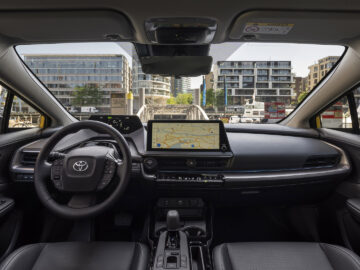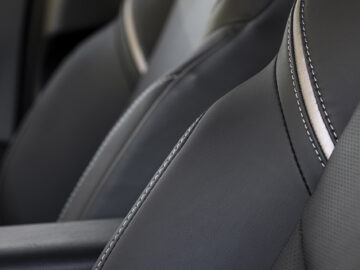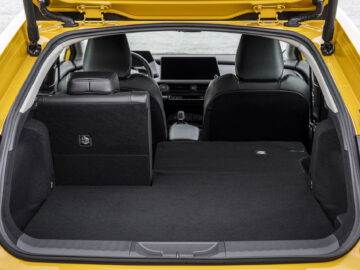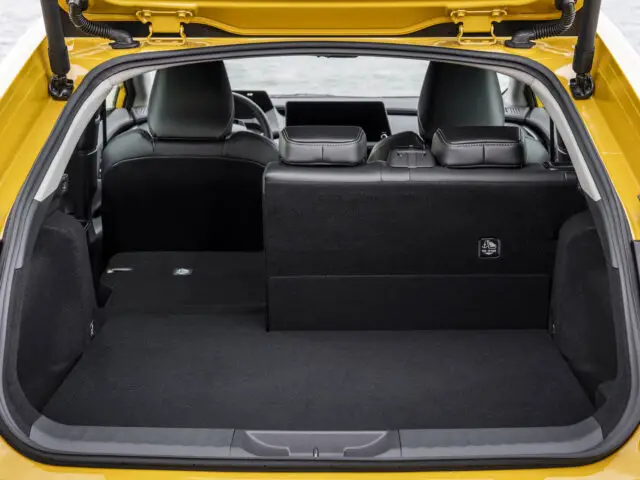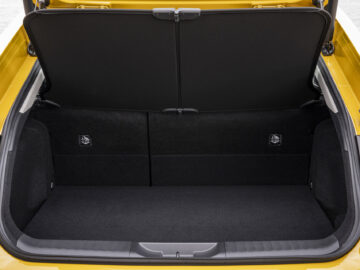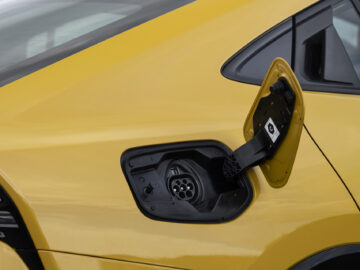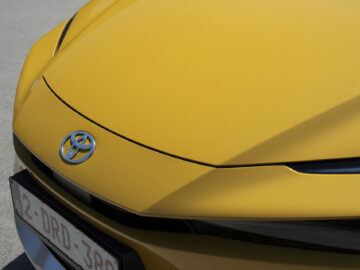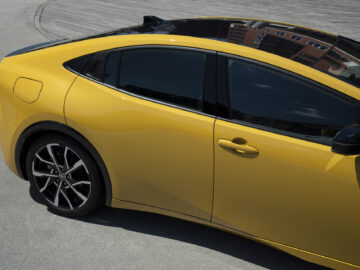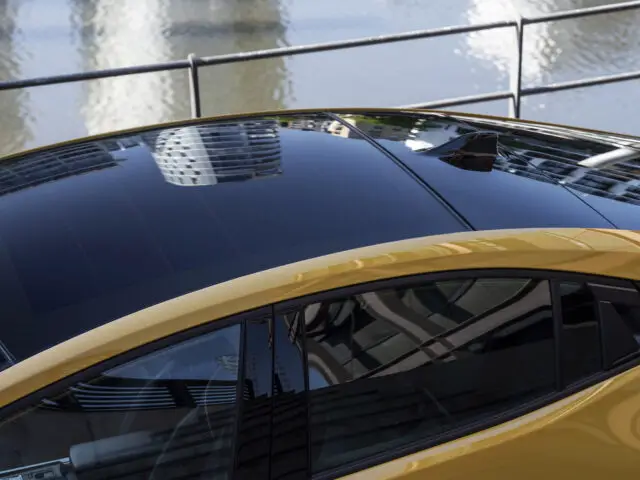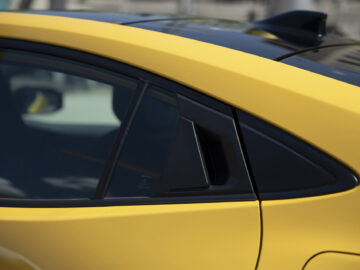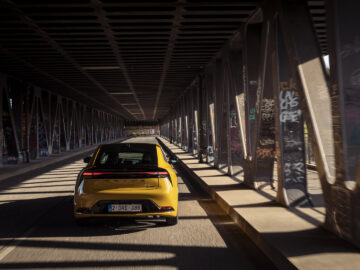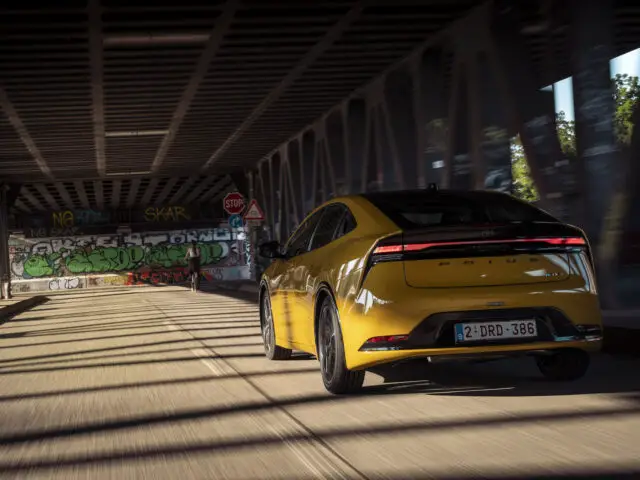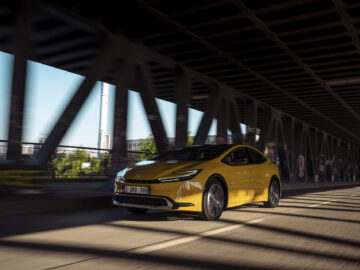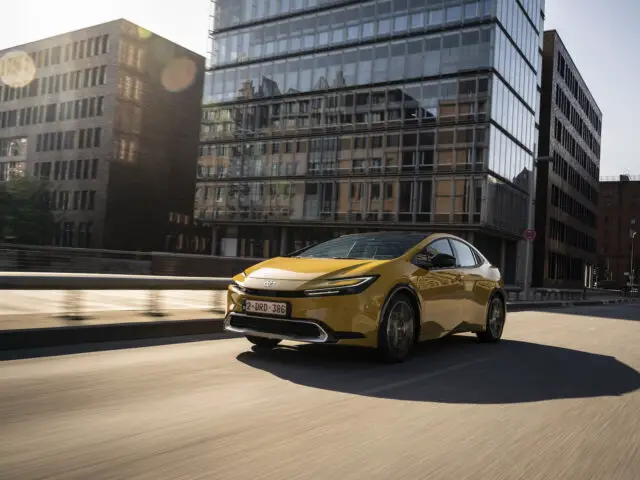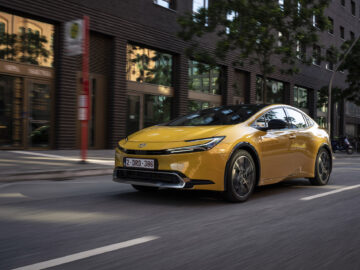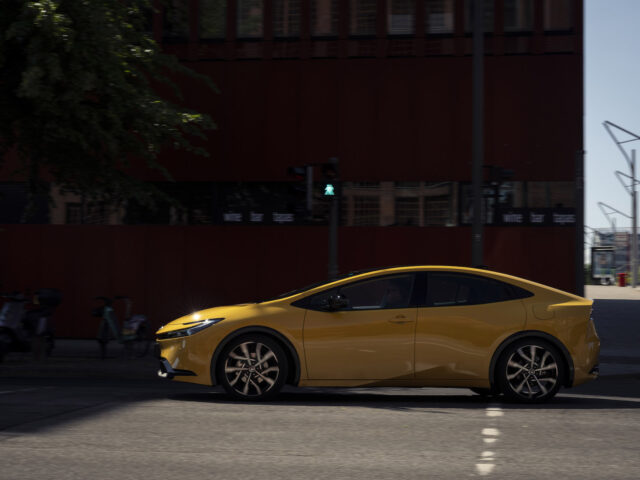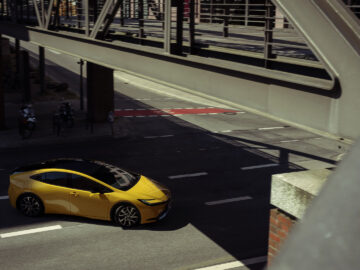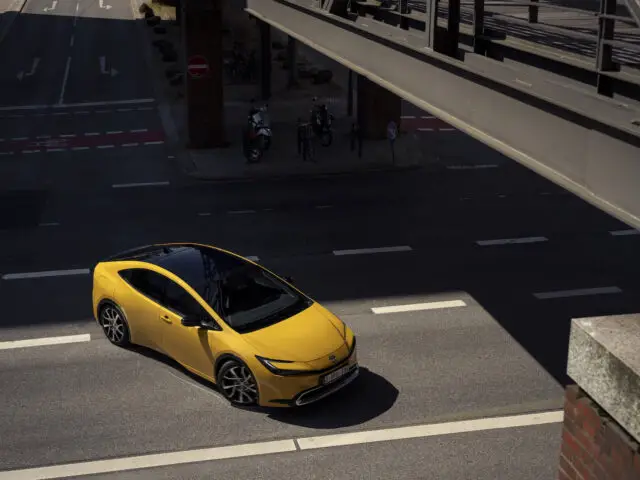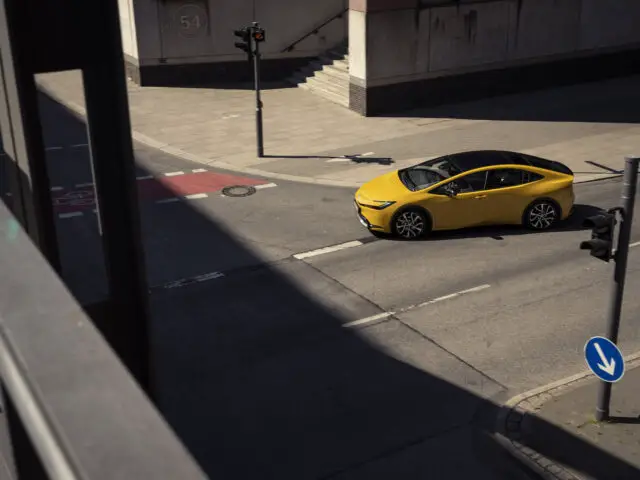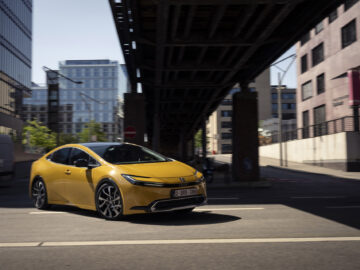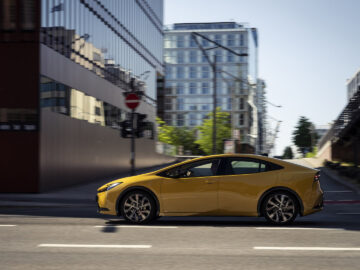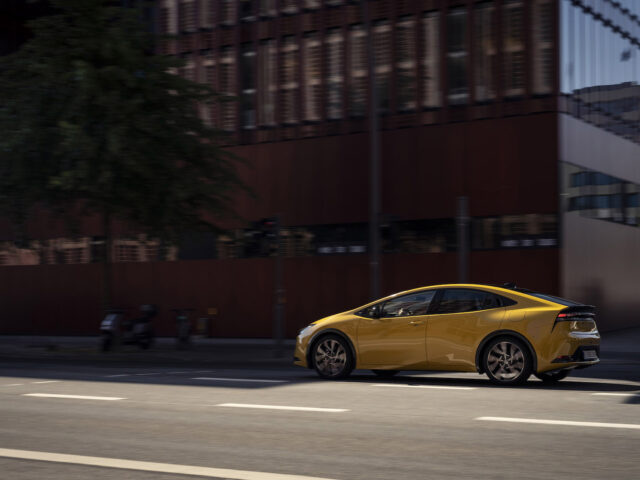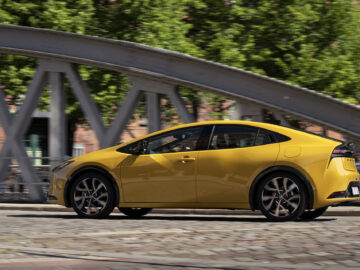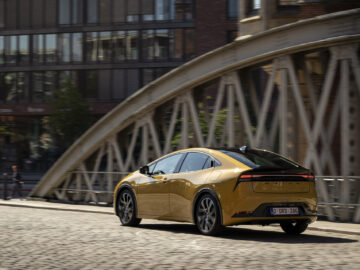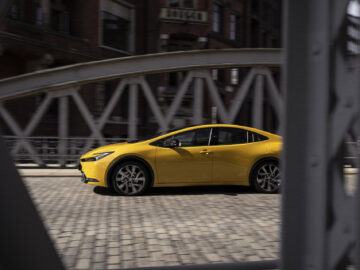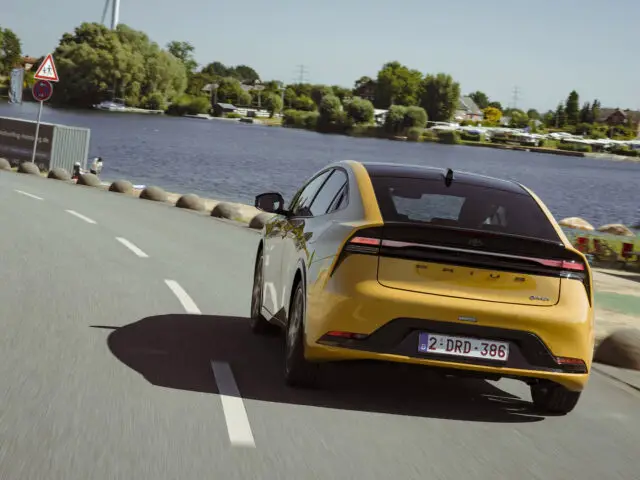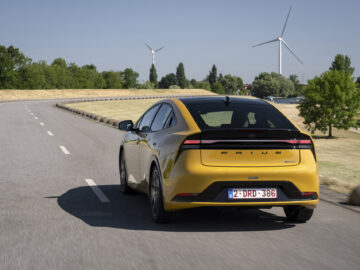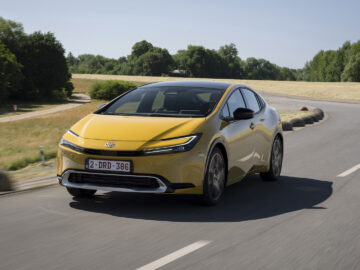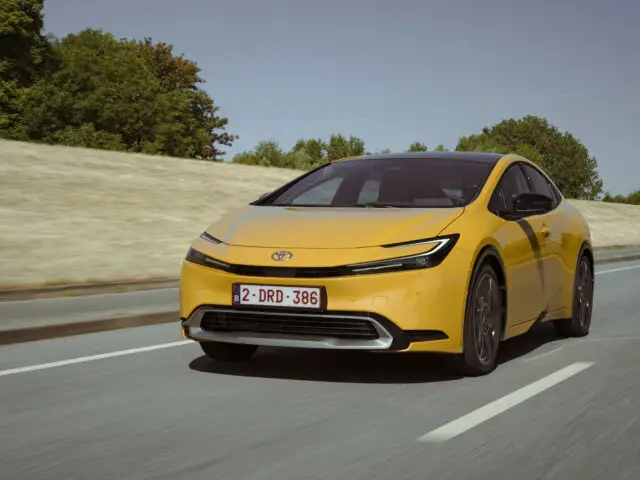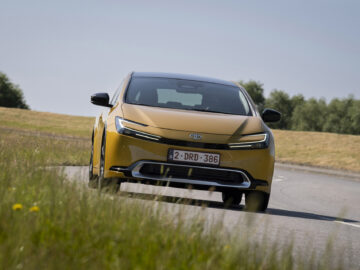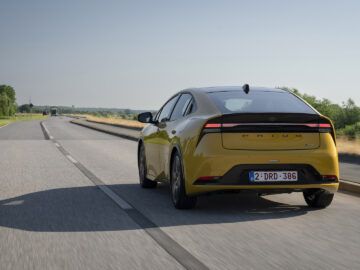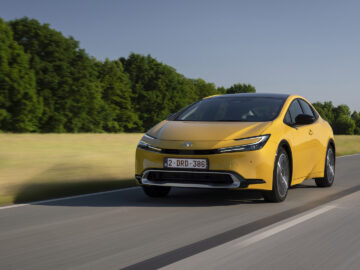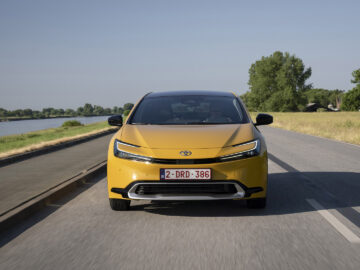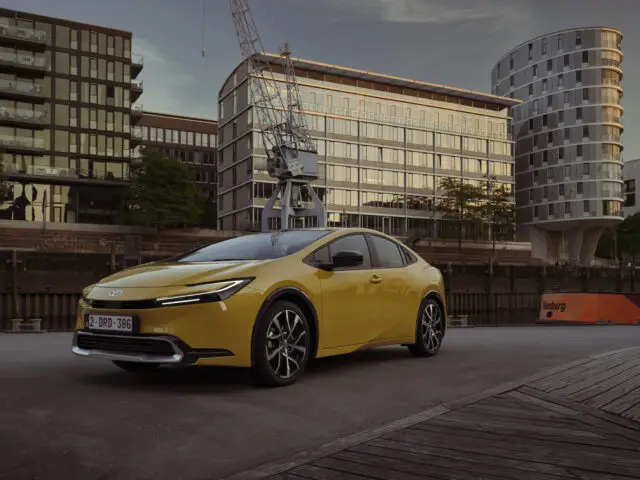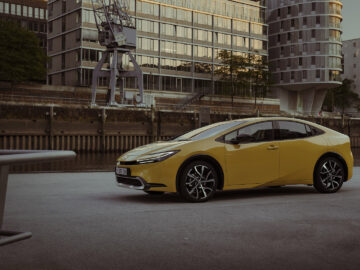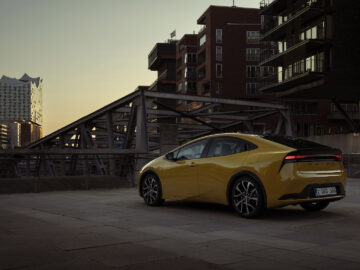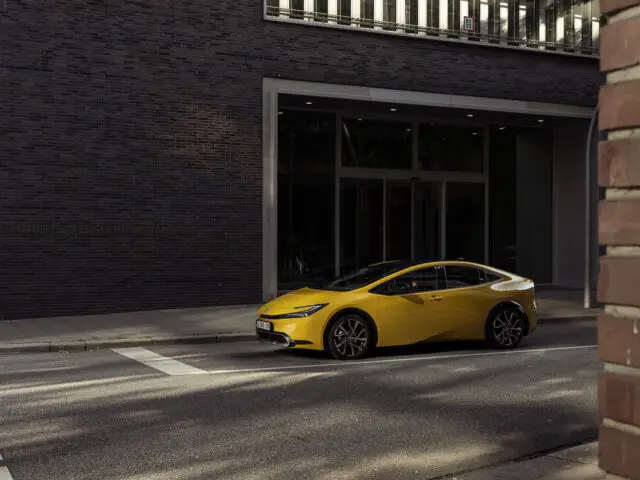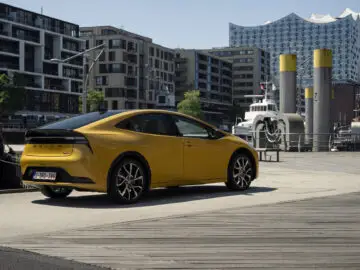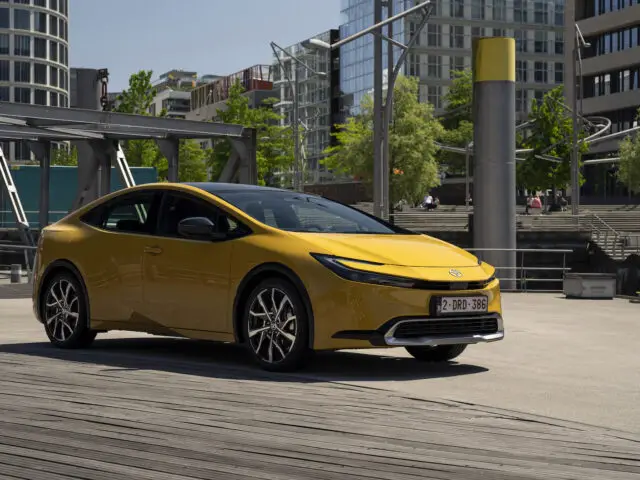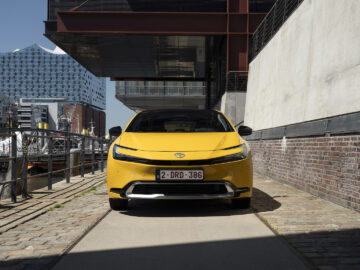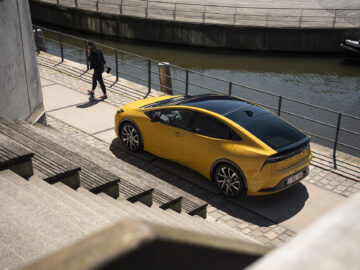Review – Toyota Prius 2023, a big surprise
Toyota Prius 2023 only as plug-in hybrid
The new Prius is coming to Europe exclusively as a Plug-in Hybrid. Perhaps a missed opportunity, because as an all-electric car, Toyota might have won over even more customers. But even as a PHEV, this new 2023 Toyota Prius is definitely interesting. After all, things like a system output of 164 kW (223 hp) and an electric driving range of up to 86 kilometers (WLTP) are certainly impressive.
Review of the Prius
First, a review of the Prius. Since the introduction of the Prius in 1997, Toyota has sold more than 23 million electrified cars worldwide. More than 5 million of them are Prius and Prius Plug-in Hybrid. As the pace of electrification accelerates, Toyota expects to sell 5.5 million electrified vehicles per year worldwide by 2025, with a lineup of 70 models, including 15 zero-emission vehicles (ZEV).
Toyota Prius (2023) Review – The surprise of 2023? The Prius is fast and tough – AutoRAI TV
Forecast
Toyota predicts that by 2025, 90% of Western European sales will be electrified vehicles, of which at least 10% will be ZEVs. This figure will rise to 100% electrification by the end of the decade, with at least 50% ZEVs, or more if market demand and infrastructure allow. In other words, the plug-in hybrid will still be very relevant in the coming years. Then it better be a nice plug-in hybrid, right?
Powertrain Prius Plug-in Hybrid
This is exactly what Toyota has set out to achieve with the new generation Prius Plug-in Hybrid. But what ingredients did Toyota put together for this? The new fifth-generation hybrid system consists of a 2.0-liter gasoline engine with 112 kW (152 hp) and a newly developed, 120 kW (160 hp) electric motor that together deliver a system output of 164 kW (223 hp). Compared to the outgoing Prius PHEV model, that’s almost double the power output. The outgoing model kicks in at only 90 kW (122 hp) of system power.
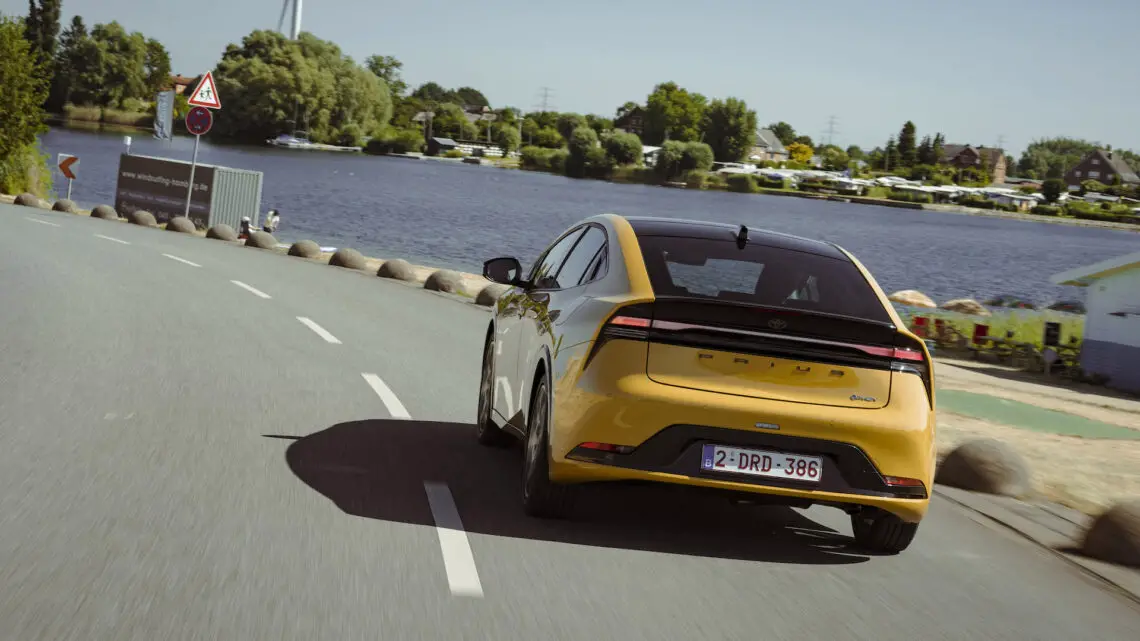
Electric driving range
In addition, the Prius offers an all-electric range of up to 86 kilometers (WLTP), which is more than 50% greater than the current model. This major step forward was achieved in part by a newly developed lithium-ion battery with a capacity of 13.6 kWh and battery cells with a higher energy density. This allowed the battery to be kept compact enough to fit under the rear seat, resulting in a lower center of gravity.
Extremely low consumption
These improvements to the Plug-in Hybrid powertrain have resulted in the most powerful and best-performing Prius ever, as well as the most efficient. An increase of 75 kW (100 hp) provides a 0-100 time of 6.8 seconds. In the most fuel-efficient version, fuel consumption is just 0.5 l/100 km and combined CO2 emissions are an 11 g/km, according to the WLTP test standard. Of course, this depends heavily on the end user. Because if he or she refuses to charge this Prius, fuel consumption increases significantly. Still: on paper, it makes quite an impression.
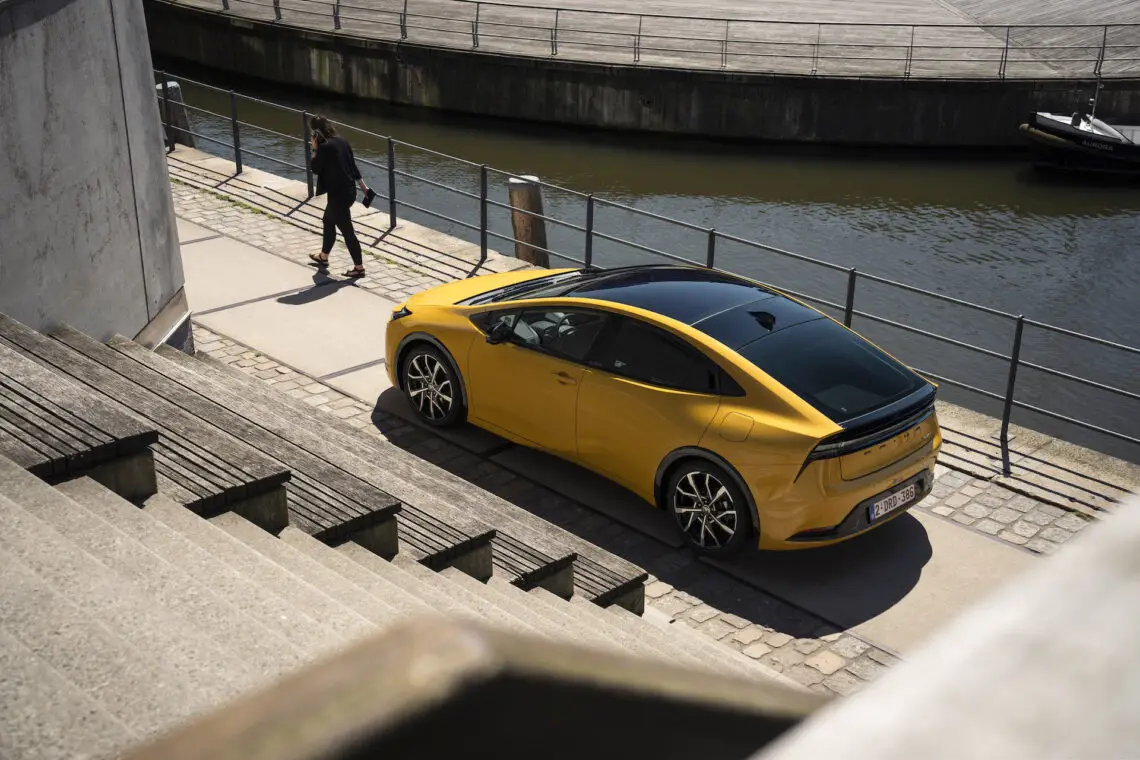
Toyota Prius 2023 has supercar looks
Okay, so no shortage of power. But the eye wants something too, right? Well, take a good look at the new Prius. That’s all right. There is no more talk of a boring car. This pops off your screen or – if you see the car in real life – it grabs your attention immediately. It almost has supercar looks. Especially if you order a bright color. Choices include Ash, Sunset Yellow, Dark Blue, Emotional Red, Platinum Pearl White, Silver Metallic and Attitude Black.
Better proportions
The powerful look of the Toyota Prius Plug-in Hybrid has been achieved by the 50 mm larger wheelbase, 22 mm increased width and by reducing the length 46 mm to 4,599 mm. Incidentally, the new Prius is built on the second-generation Toyota New Global Architecture (TNGA) GA-C platform. A characteristic of this platform is its low center of gravity, which in turn results in direct steering, or so the theory goes.
Fine steering
In theory, this appears to be true. Never before has a Prius steered as sportily as the new generation, without losing sight of the bit of comfort. There is good balance, including in the chassis. Dynamic when desired, but always comfortable. The newly designed suspension – with McPherson suspension at the front and double wishbone at the rear – promotes handling and on-board comfort and quietness, as is well proven in practice.
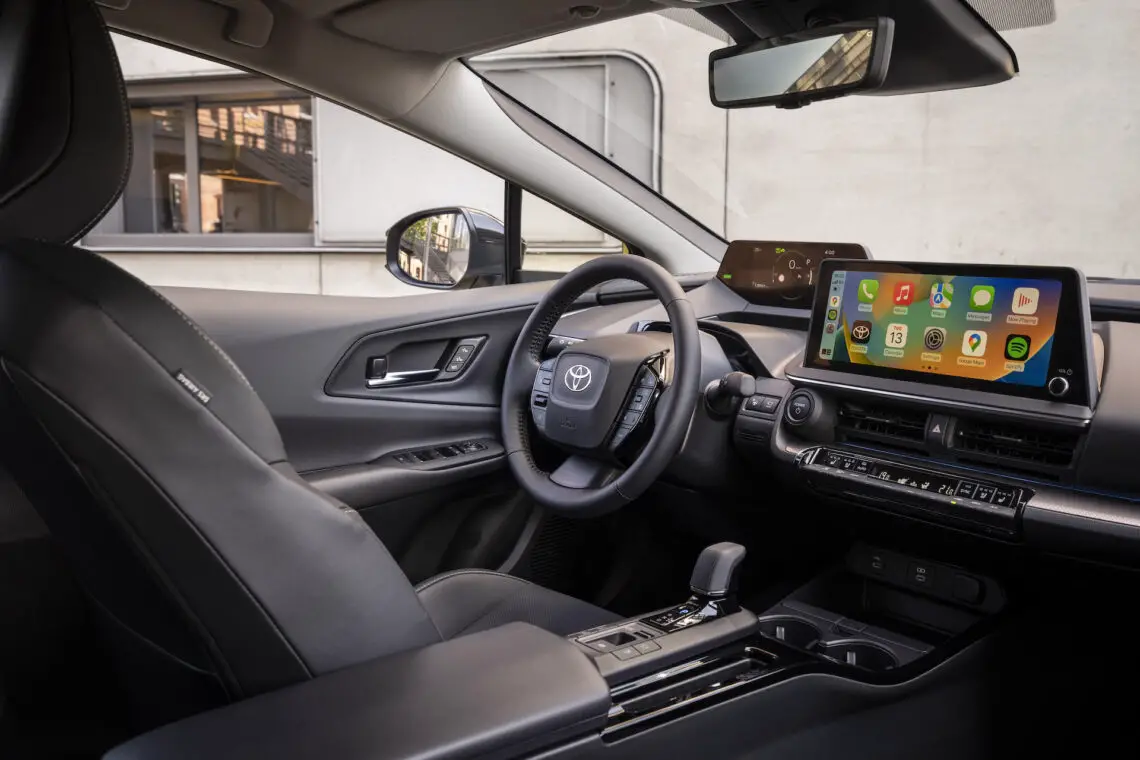
Riding modes
In addition to the preset Normal, Eco and Sport modes, the driving experience of the new Prius can be customized via the Drive Mode Select option on the center console. Depending on the driver’s preference, a customized combination of powertrain, steering and air conditioning settings can be stored for immediate access at any time.
Optional rooftop solar cells
By placing the battery pack under the rear seat and placing the fuel tank lower and more forward than in the previous generation, the car has a lower center of gravity. That center of gravity, incidentally, does increase slightly if you opt for optional solar cells on the roof, which charge the new Prius when parked outside in sunlight. The output of these solar panels has been increased from 179 W to 185 W and the cells are now capable of generating power up to 8 km daily (based on annual sunshine in Nagoya, Japan).
So the battery can be fully charged if the car is idle for a little more than a week. The solar cells now charge the main battery directly, without requiring an additional battery for the solar cells as in the previous generation. When the car is parked, a 3.3 kW on-board charger can recharge the battery from zero to full in just four hours.

Interior Toyota Prius 2023
The interior may look a bit crowded, but those who examine everything more closely and especially spend more time in the new Prius soon come to the conclusion that everything does make sense ergonomically. An optional panoramic roof enhances the natural light in the spacious cabin.
As a driver, you sit behind a newly designed small-diameter steering wheel. It steers particularly pleasantly. A 7.0- inch TFT LCD screen is located directly in the driver’s field of view. Of course, Toyota has thought of Apple CarPlay and Android Auto, while the multimedia unit also has a built-in web browser for streaming music and video or keeping up with the latest news.
“Hey Toyota, I’m hungry!
Selecting multimedia functions via voice commands has been made easier with the “Hey Toyota” on-board voice assistant. It responds to spoken requests from the driver or front passenger to adjust climate control, choose multimedia options, make phone calls or open and close the windows, for example. “Hey Toyota” is designed to understand speech, so the command “I’m hungry,” for example, generates recommendations for nearby restaurants.
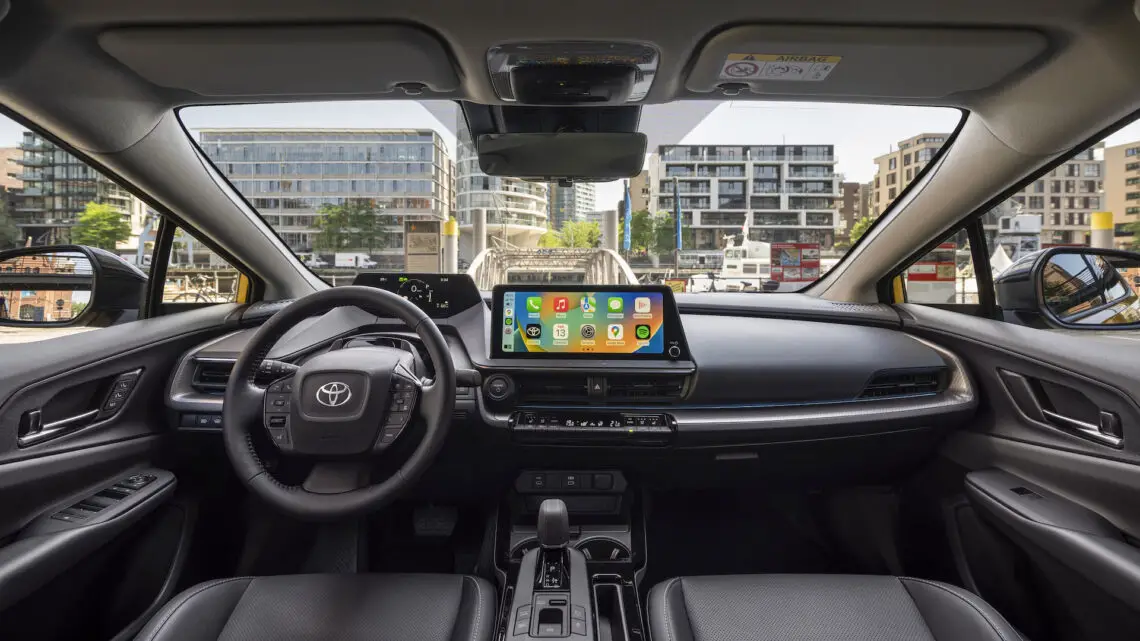
Room
The interior of the new Prius also has plenty of storage space. The glove box, for example, has a capacity of seven liters – compared to the previous 5.4 liters. Luggage space has also increased, from 251 liters to 284 liters (VDA), thanks to the relocation of the battery pack. Space in the front and rear is large enough, even for adults.
Conclusion review Toyota Prius 2023
The nicest Toyota Prius yet, but also the most exciting. You enjoy twice the power in the 2023 Toyota Prius. Moreover, the car drives nicely sporty. And when the battery is as good as dead, this PHEV drives like a normal hybrid. Without question, then, a sexy PHEV. Cost? Minimum 44,695 euros, but as a Solar Edition you are already talking about 53,595 euros. The question then becomes whether you wouldn’t be better off going for a BEV. If Toyota now makes the Prius a BEV as well, the choice is not very difficult as far as we are concerned. At least the Prius has sex appeal, which is the biggest compliment.
